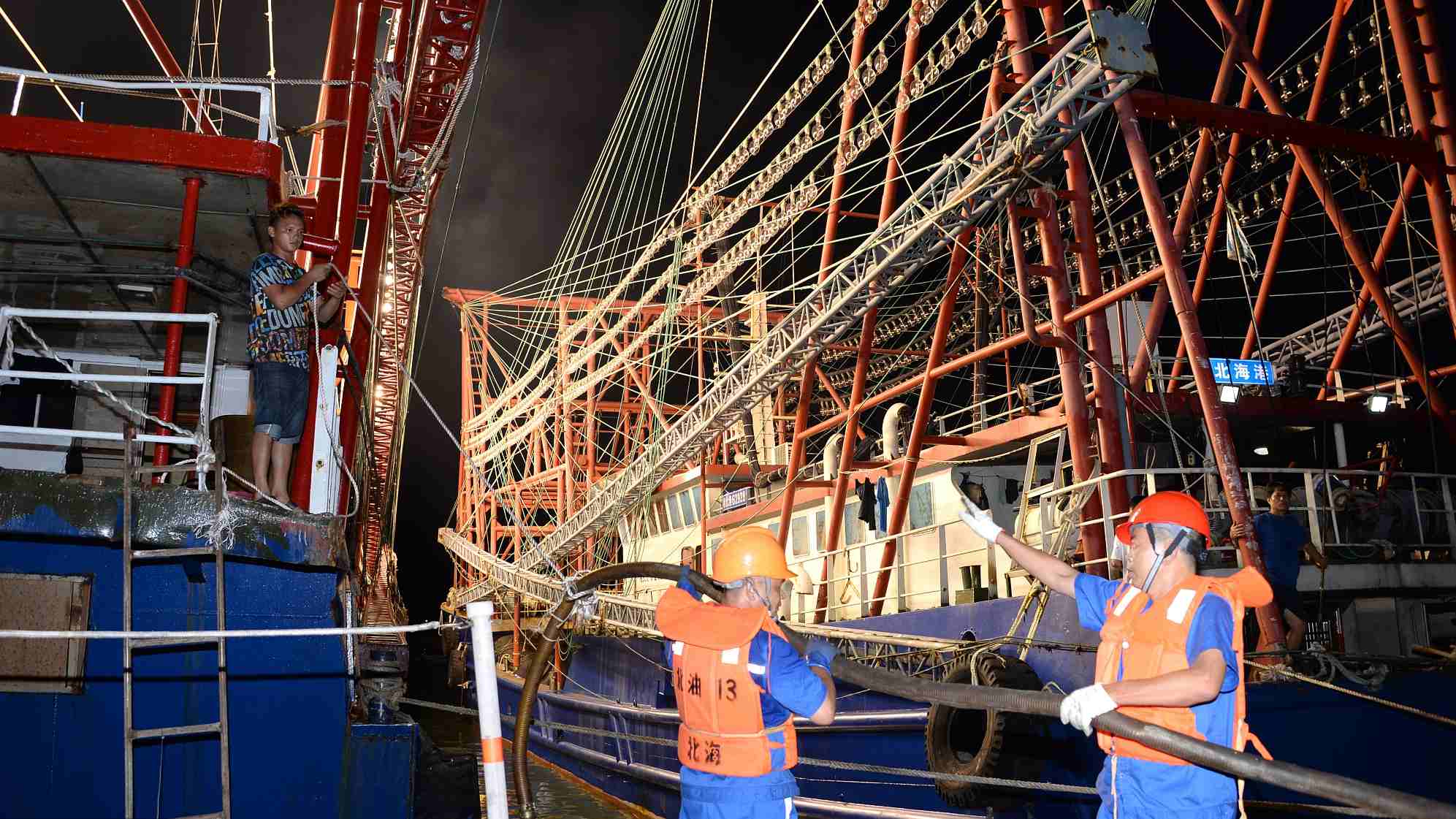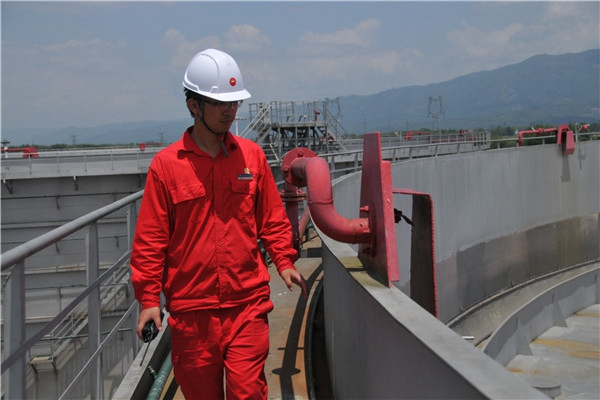
Opinions
12:01, 11-Sep-2018
Opinion: China's crude oil futures contracts aim to become Asia's benchmark
Updated
11:30, 14-Sep-2018
Kong Fei

Editor's note: Kong Fei is the deputy general manager of CEFC Shanghai resources Co., LTD. The article reflects the author's opinion, and not necessarily the views of CGTN.
As the first RMB-priced international commodity futures, INE Crude oil futures are regarded as an import tool to speed up the opening-up of the Chinese futures market, enhance the power in the energy market and support RMB internationalization.
Since crude futures were listed successfully in INE on March 26 this year, the trading account number has been increasing, and the trading volume has constantly expanded. On the base of trending consistently with the international oil price, INE contracts have also started to reflect the local supply-demand condition in Asia-Pacific Region.
In trading situations, INE futures open interest and trading volumes have exceeded Dubai futures, becoming the third active crude futures worldwide.
By now the crude first-line futures, the SC1809 contract, have expired and the delivery process also ended. The delivery volume is 601,000 barrels, which shows the first crude futures contract completed a full cycle. This signals that the first target of crude market construction has been accomplished.

Technicians at Petro China's Xinjiang Oilfield Company make routine checks of equipment in Karamay, Xinjiang Uygur Autonomous Region. /Xinhua Photo
Technicians at Petro China's Xinjiang Oilfield Company make routine checks of equipment in Karamay, Xinjiang Uygur Autonomous Region. /Xinhua Photo
By now INE futures account number has exceeded 30,000. Domestic and foreign oil companies and trading houses have actively taken part in the market since the first trading day. And the percentage of financial institutional investor customers like securities companies, funds and trust companies has reached 15 percent, which shows a strong demand of financial assets management besides the oil industry.
Foreign investors have also paid great attention to INE crude futures. Mainstream participants like oil majors, oil trading houses, financial institutions and funds companies from Singapore, the UK and the US, among others, have traded in INE crude futures. The open interest percentage of foreign investors has climbed to 15 percent, up by 10 percent in four months.

A staff member inspects China-Myanmar crude oil pipeline in Ruili, southwest China's Yunnan Province, May 19, 2017. /Xinhua Photo
A staff member inspects China-Myanmar crude oil pipeline in Ruili, southwest China's Yunnan Province, May 19, 2017. /Xinhua Photo
Despite a good start, Chinese crude oil futures still need five to 10 years to be accepted by the international market and become a cornerstone price-setting standard. However, it is necessary for China, and the whole Asia-Pacific region, to set the Asian price-setting standard target for Chinese crude oil futures. And with the stable running of Chinese crude oil futures, problems in the oil products price-setting system could also be dealt with.
Having the world's highest trading value, crude oil ranks first among China's imports. Emerging markets like China, India and other Asian countries have been increasingly dependent on the international oil market in recent years.
But crude reserves, production, and export activities are mostly concentrated in the Middle East and North Africa, and for religion and geopolitical reasons, unrest is a feature of the region, which has an impact on the countries in the Asia-Pacific Region.
As Chinese oil sector reform has entered a deep-water zone, China is giving independent refineries the right to import and process crude oil, which makes them play a more important role and marginally contribute more to oil demand in the international crude oil market.
So against the background of increasing oil prices, greater trading war risks and unstable domestic financial environment, it is highly necessary that Chinese crude oil futures market construction starts from the domestic market, then gives an influential CFR price basis in Asia.
Also, it could support other main international crude oil futures markets, and give price setting basis for Chinese imports. At the same time, it helps to expand the RMB application range in futures' settlement and cash commodity trading areas. This provides RMB internationalization with tremendous support and improves the ability of the crude futures market to serve the real economy as well.
(If you want to contribute and have a specific expertise, please contact us at opinions@cgtn.com.)

SITEMAP
Copyright © 2018 CGTN. Beijing ICP prepared NO.16065310-3
Copyright © 2018 CGTN. Beijing ICP prepared NO.16065310-3